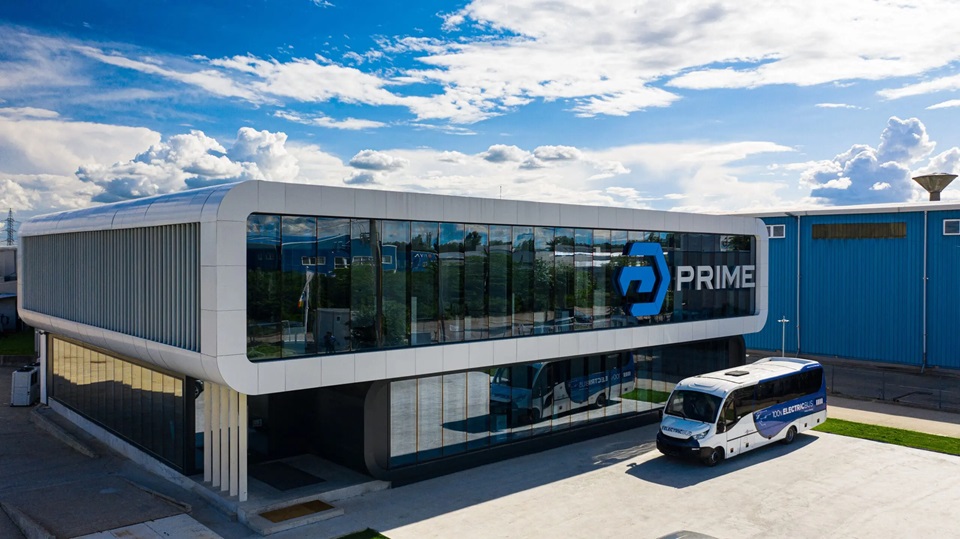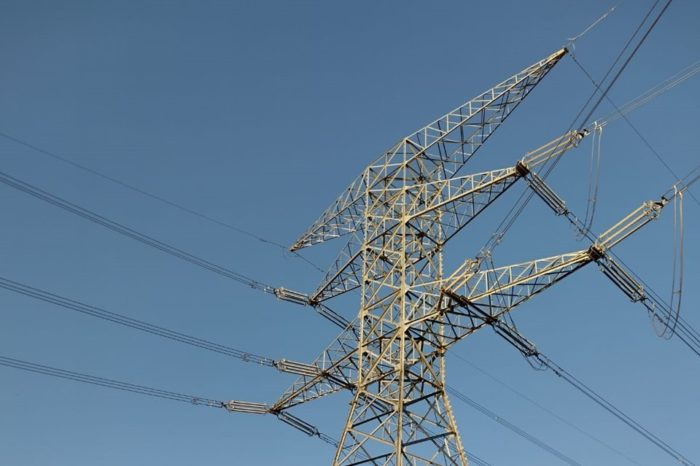Prime Batteries and Monsson put into operation the largest capacity of electric energy storage in batteries in Romania

Prime Batteries and Monsson put into operation the largest capacity of electric energy storage in batteries in Romania. This is part of the first hybrid photovoltaic-wind-battery project, within the Mireasa Wind Park, with a capacity of 50 MW, located in Constanța County.
The storage unit has an installed capacity of 24 MWh – (6MWx4h), it is built in Constanța county by Monsson, through a unique project pending patenting, and uses batteries of domestic production, produced by the Romanian company Prime Batteries Technology. This first stage is only one of the 3 stages that will constitute a total of 216 MWh of storage capacity that will be put into operation during 2024-2025.
The storage unit will be charged with energy produced by the existing 50MW Mireasa Wind Farm in operation, with photovoltaic energy produced by the 35MW Galbiori 2 Photovoltaic Park under construction and connected to the grid in 2024, as well as from the national grid when there is no wind or sun. The control of the hybrid project is fully automatic remotely, without local operational personnel and will work in an integrated system, through proprietary software developed by Monsson.
Vicentiu Ciobanu, Chief Executive Officer at Prime Batteries, said: “At the moment, as far as I know, this project is in the top 5 in Europe, but if it successfully reaches 216 MWh in total storage, it will be the largest storage facility in Europe. As for the 24 MWh battery, it consists of 132 battery strings that have 114,048 lithium-ion cells containing 1,240 kilometers of active material electrodes, about the distance from here to Vienna. It took approximately 4,200 hours of engineering on the electrical part, 3,000 hours of engineering on the mechanical part, engineering that we are proud to say was carried out in Romania, in Bucharest and in Constanța, by colleagues from Monsson”.
The investment is made from own sources and was initiated with the aim of reducing the volatility of renewable energy from its own portfolio, as well as to help balance SEN. Thus, it will ultimately help increase the penetration of renewable energies in Romania and reduce energy costs for end consumers by testing battery functionality to demonstrate the immediate benefits of storage facilities attached to renewable energy production sources.














